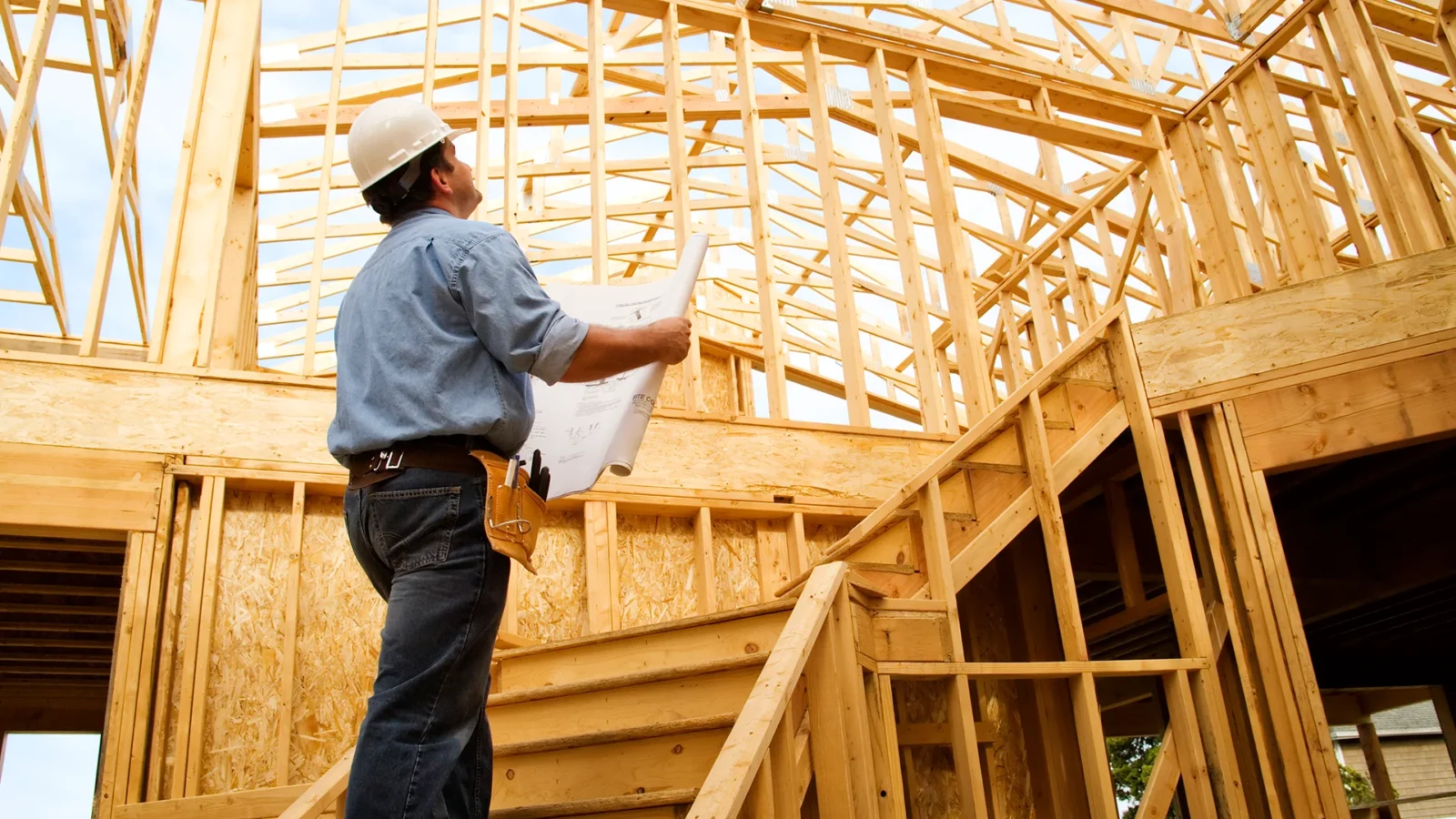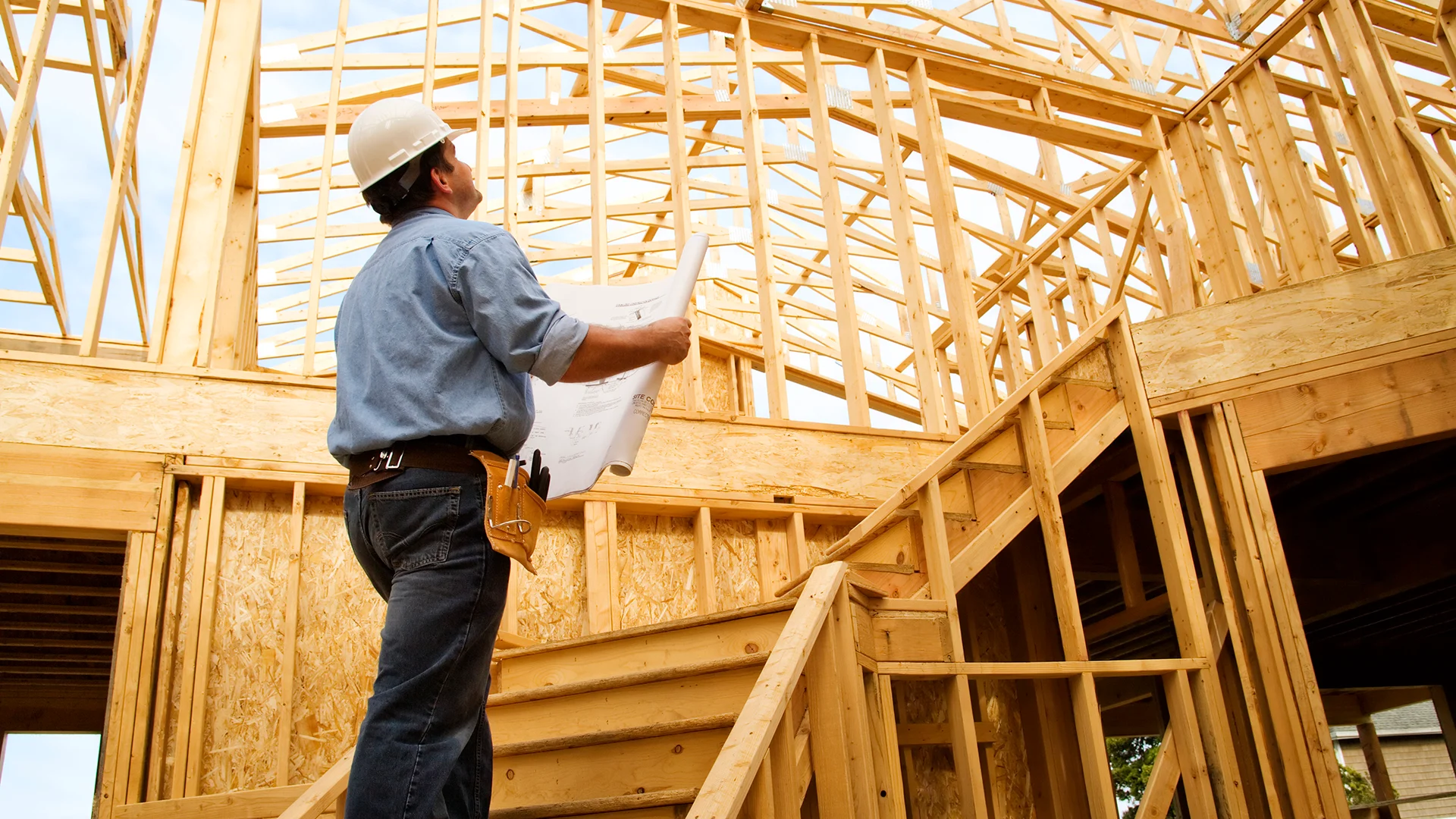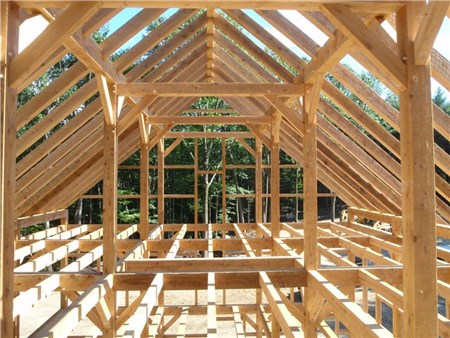Construction timber, how to ensure optimal materials?
Before the golden age of concrete, construction timber was considered the primary material for private homes and public buildings. After a period in the shadows, where new materials seemed destined to take its place, wood has returned to shine brighter and stronger than ever.
Thanks to recent technologies that have enhanced its enormous characteristics, construction timber has reasserted itself in the market, boasting its natural beauty and immense versatility, making it a key player in a vast field of applications.
What is Construction Timber?
Before delving into its infinite potential, let’s define “construction timber.” This term refers to the quintessential raw material at the base of construction projects capable of providing exceptional beauty and being the essential material for captivating do-it-yourself projects.
Due to its use and the reliability required, construction timber cannot be just any wood; it must offer specific characteristics. Firstly, this type of timber must ensure high mechanical strength, meaning it should be capable of supporting loads without breaking. It must also be free of defects; molds, warping, and cracks would negatively impact the finished product. The last but not least important characteristic of construction timber is its durability, i.e., its ability to remain intact over time without requiring special maintenance.

Enemies of Wood, What Are They and How to Combat Them?
Among the most appreciated characteristics of construction timber is its ability to exude extraordinary beauty, making it particularly suitable for creating elegant constructions with a natural look that captivates at first sight. While the aesthetic factor is intrinsic to wood, which presents itself in nature with a look adorned by its precious veins, the mechanical aspect can (and must) be corrected through specific treatments.
Wood is, by its nature, a living and organic material, subject to degradation processes and biological attacks by fungi and insects attracted by the starch-sugar substances it contains. Not all plants are equal, and each species (coniferous or hardwood, European or exotic) is the result of a combination of different genetic and environmental factors that give them unique biological characteristics. Some, like spruce, have undifferentiated heartwood, and the degradation process can involve the entire plant, while others, like larch, have well-defined and resistant heartwood, resistant to attacks from fungi and insects.
Sapwood, or the young and physiologically active part of the trunk, is undoubtedly the most “appetizing” and therefore exposed to a greater risk of deterioration, while heartwood, the darker and physiologically inactive part of the trunk, has lost starches and is less inviting for fungi and insects. Should only heartwood be used for construction? Absolutely not. The “secret” lies in removing from the part containing more starch-sugar substances those components that attract insects and facilitate fungi formation. Drying allows correcting the moisture content in timber and makes every part of it usable.

But the benefits of wood drying are not limited to this. We have already mentioned that good construction timber must offer maximum durability, combined with adequate mechanical resistance and the absence of cracks and curves. All of this can be achieved by correcting its hygroscopic characteristic. Untreated wood will expand or contract based on the water it absorbs, modifying its cellular structure.
A plant that has just been cut and reduced to beams or boards exposes its surface to the air of the environment, which may be more or less humid. To create a balanced relationship between air humidity and that contained in the trunk, it is necessary for some water to escape from the timber, migrating outward. To avoid the biological degradation of the material, it is essential to achieve wood moisture levels below 20%. To achieve this ideal hygrometric balance, timber undergoes a process we all know as seasoning.
Seasoning can be natural or artificial: two processes that lead to the same result but with different timeframes.

